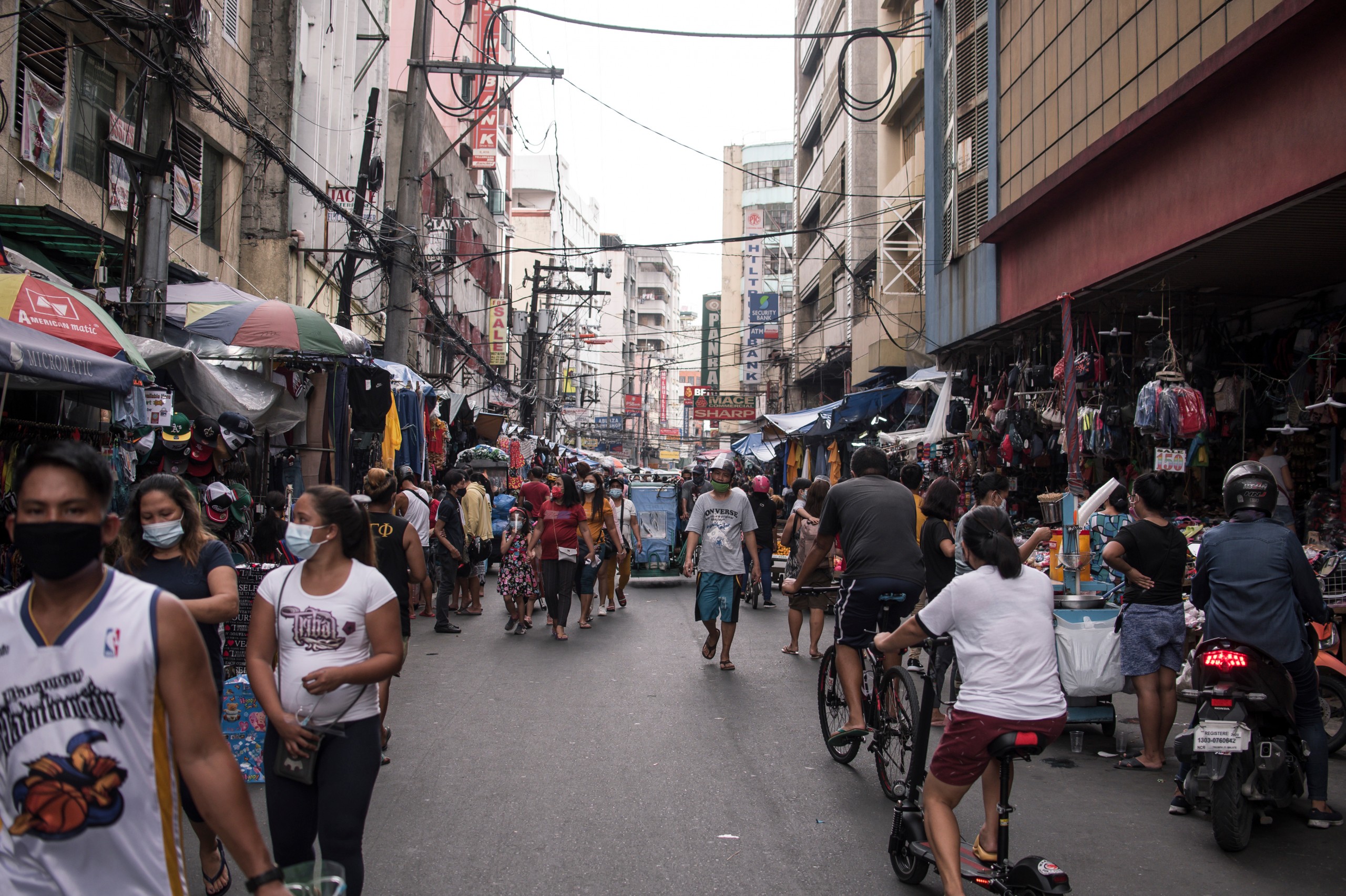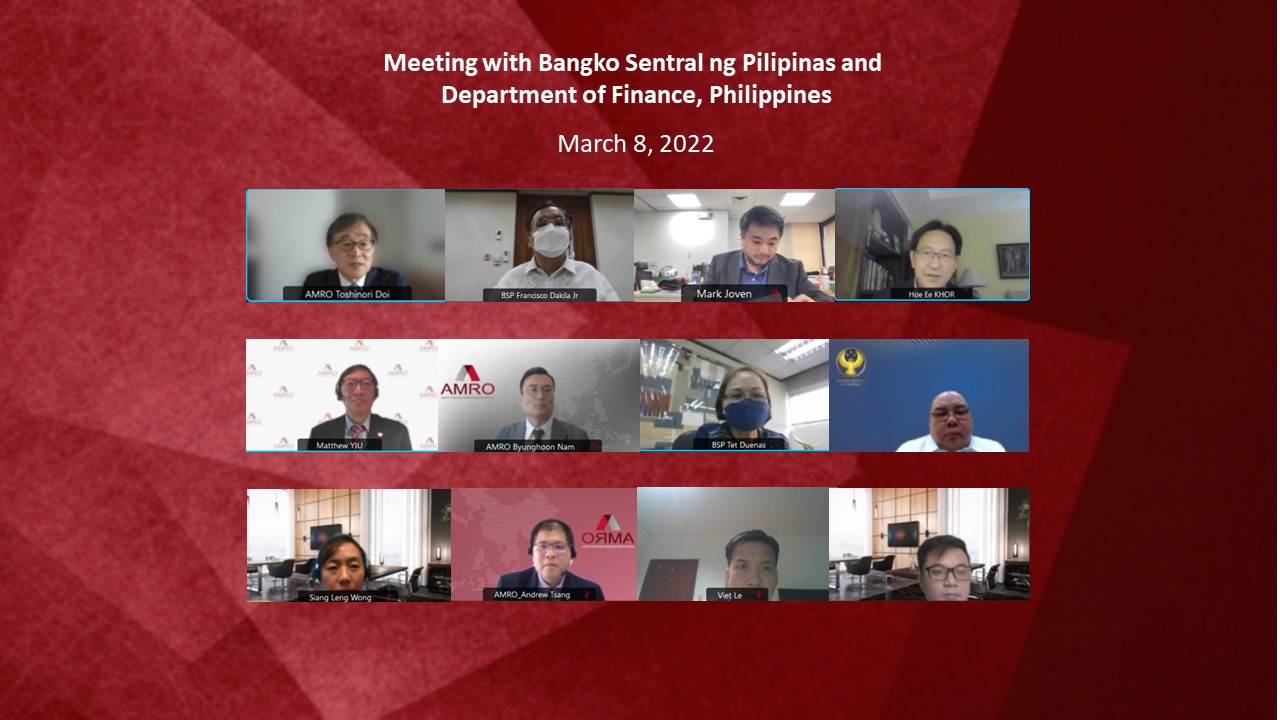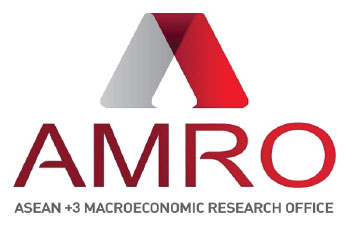
SINGAPORE, March 11, 2022 – Economic recovery in the Philippines is firmly on track — despite the recurrent waves of COVID-19 infections in 2021 — and is expected to speed up following further relaxation of mobility restrictions and continued policy support.
These preliminary assessments were made by the ASEAN+3 Macroeconomic Research Office (AMRO) after its virtual Annual Consultation with the Philippine authorities from February 18 to March 8, 2022.
The mission was led by AMRO Lead Economist, Dr. Siu Fung (Matthew) Yiu. AMRO Director, Mr. Toshinori Doi, and Chief Economist, Dr. Hoe Ee Khor, participated in policy meetings. The consultation focused on the development of the COVID-19 pandemic and the country’s vaccination progress, the status of economic recovery, key risks and challenges, and policy responses to ensure a robust recovery in the short-term, while minimizing the lasting impact from the pandemic in the longer term.
Economic developments and outlook
“The Philippines economy is expected to recover robustly by 6.5 percent in both 2022 and 2023,” says Dr. Yiu. “Continued fiscal support and a high vaccination rate will help keep the economy relatively open and sustain the recovery momentum.”
The Philippine economy grew by 5.6 percent in 2021, after contracting by 9.6 percent in 2020. The recovery in GDP growth in 2021 was mainly driven by public expenditure, a rebound in economic activity from a low base in 2020, and robust growth in exports of goods and professional services. Private demand in 2021 was generally weak, with private investment and consumption at depressed levels, although they picked up in the last quarter.
For 2022, public expenditure will continue to be the main driver of growth, with private sector recovery gaining momentum with the reopening of the economy, supported by better economic prospects, improving confidence, and favorable external demand.
Headline CPI inflation should decline to 3.7 percent in 2022 and 3.3 percent in 2023, from the high 3.9 percent recorded in 2021. However, a further spike up in global oil prices due to geopolitical conflicts poses upside risk to the inflation outlook in 2022.
While the labor market has rebounded strongly, unemployment remains high, and the quality of employment has deteriorated.
Risks, vulnerabilities and challenges
A potential resurgence of COVID-19 infections remains a key risk to the recovery and the impairment of firms’ balance sheets continue to pose a risk to the banking sector’s soundness in the short term. However, the significance of these two risks may have abated due to higher vaccination rate and recovering economic activity.
Global interest rates and capital flow volatilities are set to rise in 2022 as global financial conditions tighten. The Philippine economy is well positioned to weather the adverse impact, but the peso exchange rate may come under some pressure.
Some lasting damages caused by the pandemic have become clearer, the most adverse of which is on human capital, raising the urgency to take action to build resilient, sustainable, and inclusive long-term growth.
Policy responses and recommendations
The overall fiscal policy stance is assessed to be broadly neutral in 2022 under the current National Budget. This policy stance is appropriate as the private sector recovery is expected to become more self-sustaining going forward.
A fiscal consolidation plan should enhance fiscal sustainability without jeopardizing economic recovery. A gradual reduction of the fiscal deficit is deemed appropriate as the recovery is still gaining traction in the near term. However, the pace of fiscal consolidation should be expedited once the private sector growth has become self-sustaining. The authorities should also continue to improve the efficiency of public spending programs, while enhancing revenue collection.
The Philippine central bank should continue its accommodative monetary policy in 2022 to support the recovery, and consider tapering its policy stance as the recovery gains traction and the output gap is narrowed. The central bank’s key relief measures are still in place to ensure continued support toward recovery of businesses, households, and the economy as a whole.
The government needs to leverage both public and private efforts to mitigate the scarring effects from the pandemic and resolve structural challenges for a more resilient and sustainable long-term growth. The country’s legislative efforts, including the passage of amendments to the Retail Trade Liberalization Act, the Public Service Act, and the Foreign Investments Act are welcome.
AMRO’s mission team would like to express its deep appreciation to the Philippine authorities and other participating organizations for their cooperation and candid exchange of views. AMRO wishes to express our appreciation for the strong support and coordination from the Philippine authorities for the excellent arrangements that have made this virtual mission possible and fruitfully completed.

Top Row (from L to R): AMRO Director, Mr. Toshinori Doi; BSP Deputy Governor, Mr. Fransicsco G. Dakila, Jr.; DOF Undersecretary, Mr. Mark Dennis Y.C. Joven; AMRO Chief Economist, Dr. Hoe Ee Khor
With participation from the AMRO Philippines team, BSP and DOF colleagues
About AMRO
The ASEAN+3 Macroeconomic Research Office (AMRO) is an international organization established to contribute towards securing the macroeconomic and financial stability of the ASEAN+3 region, which comprises 10 members of the Association of Southeast Asian Nations (ASEAN) and China; Hong Kong, China; Japan; and Korea. AMRO’s mandate is to conduct macroeconomic surveillance, support the implementation of the regional financial arrangement, the Chiang Mai Initiative Multilateralisation (CMIM) Agreement, and provide technical assistance to members.
